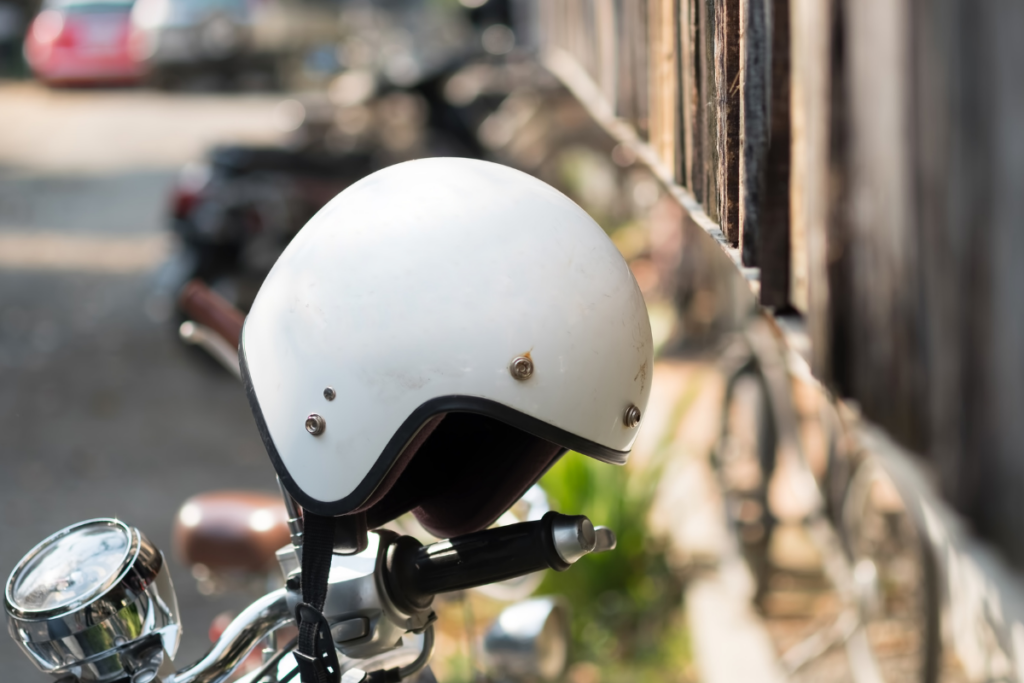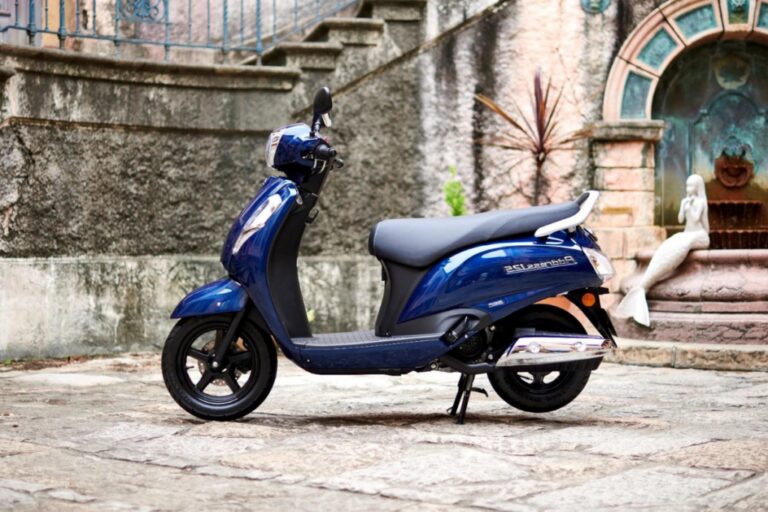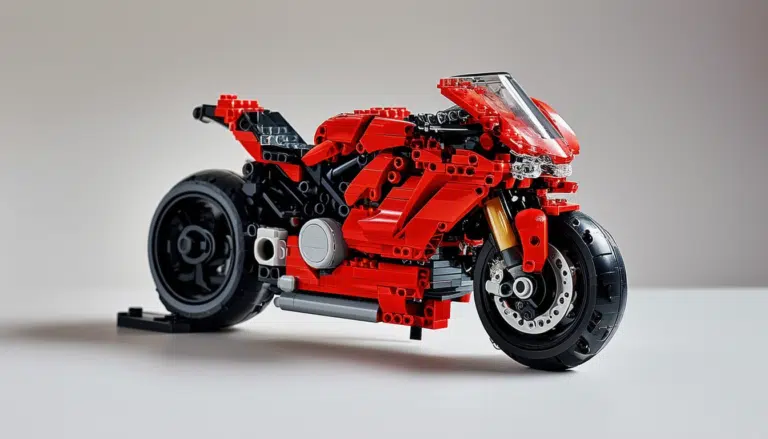Seguridad y ecología: recycled helmets soon on the market

The motorcycle is synonymous with freedom, speed, and sometimes a bit of risk. However, safety remains a priority. This is where a project could revolutionize the world of motorcyclists: recycled motorcycle helmets. Have you ever wondered what happens to your helmet when it is no longer usable? Well, every year, a ton of helmets end up in the trash. But that was before an innovative project launched by AGV, one of the market leaders. If all goes well, we could soon have recycled helmets, more eco-friendly, and as safe as ever. So, what’s the background of this initiative?
Why recycle motorcycle helmets?
It is a fact: every year, hundreds of thousands of motorcycle helmets end up in landfills. But why does this happen? For several reasons. First, there is that rule that may seem a bit strict: at the slightest fall, even if you just dropped your helmet to the ground, you have to replace it. But that’s not all. Helmets also have an expiration date. Even if you have never had an accident and take good care of your motorcycle, your helmet needs to be changed every 5 to 7 years. Why? Because the materials can degrade over time, just like a bicycle helmet. That’s where waste accumulates, and it becomes a real problem.
What is the helmet recycling project?
So, how can this situation be changed? A consortium of companies led by AGV has launched a project for recycling motorcycle helmets. Its goal is to make the life cycle of these helmets more circular, more sustainable. Specifically, this means recycling the helmets at the end of their life instead of discarding them, to recover the plastic material and reuse it in the manufacturing of new helmets. It’s an eco-friendly initiative that aims to reduce waste while meeting a crucial safety need.
The stages of recycling: from collection to manufacturing
The project, which has the support of the European Union, begins with a fundamental stage: the collection of used helmets. And this is where the challenge arises. For the project to work, an efficient logistics organization is needed to recover all those helmets. A specialist in “reverse logistics” has been integrated into the team to manage the collection and return of the helmets. But it doesn’t stop there: motorcycle shops will also participate by organizing the return of the helmets at the end of their life.
Once collected, these helmets will be sent to a new plant dedicated specifically to their recycling. There, the helmets will be disassembled and subjected to a chemical treatment. The goal: to recover the plastic and reuse it to manufacture new helmets. It’s an ambitious project that aims to create a true circular circuit, as is already seen in other sectors.
The challenges to overcome for it to work
Like any industrial project, this one faces several challenges, especially regarding safety. Because, let’s be clear, nobody wants a helmet that is less safe than the ones we use today. Recycled helmets must be as safe as those traditionally manufactured. It’s not an option, it’s a necessity. Before moving forward, the consortium will test an initial batch of 5,000 recycled helmets to validate the manufacturing techniques and ensure that everything is safe. If all goes well, the European Commission could decide to make recycling of helmets mandatory, as it has already done in other industrial sectors. But before taking the next step, everything must be perfectly tested and validated. The safety of motorcyclists remains the top priority.





